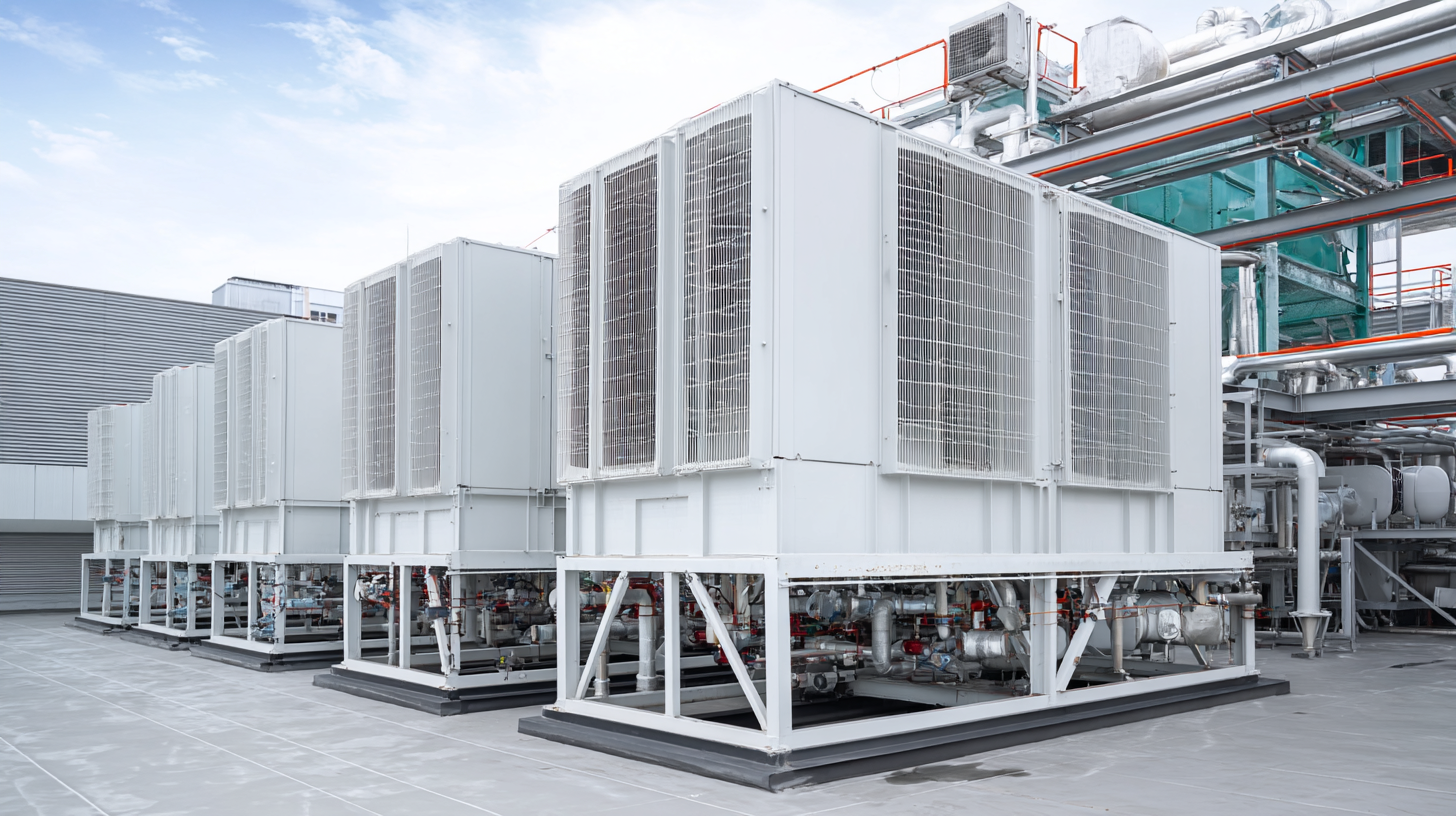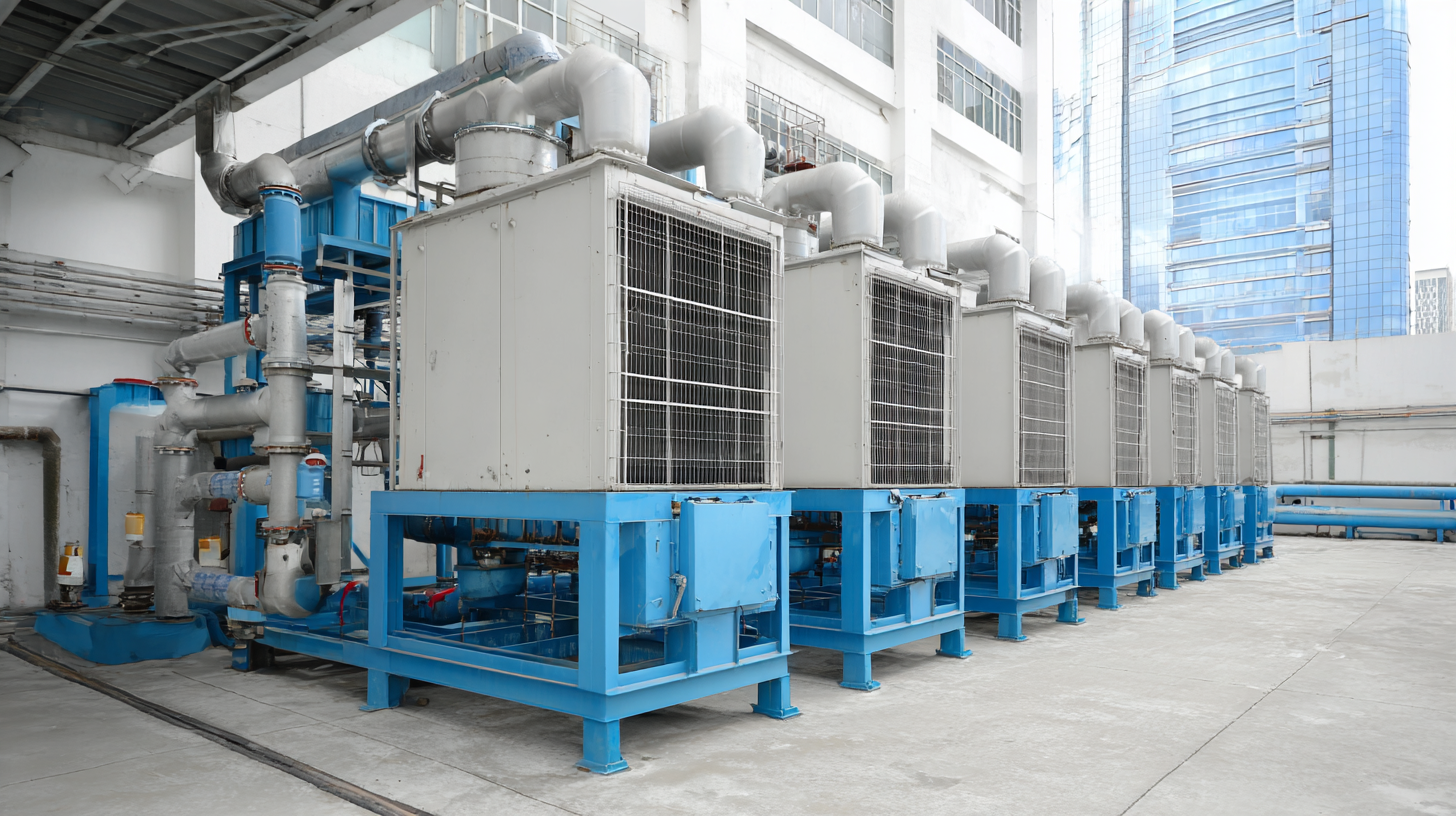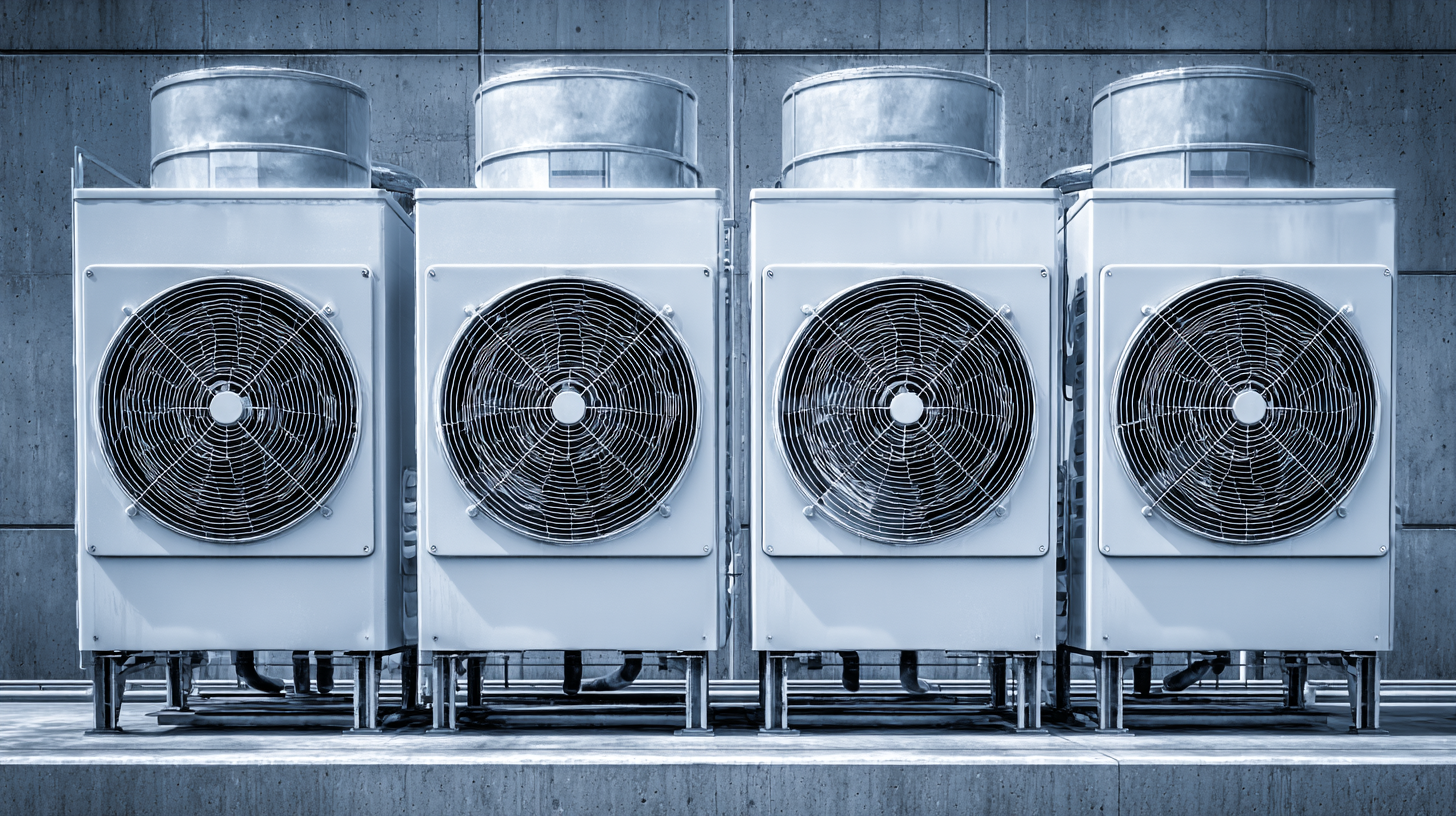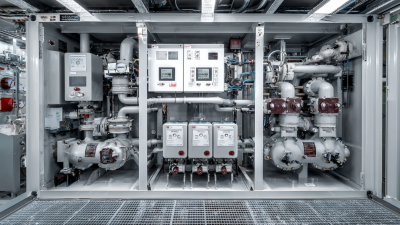Choosing the right cooling systems for your business is essential to ensure optimal performance, energy efficiency, and comfort for both employees and customers. With a multitude of options available, from traditional air conditioning units to advanced chilled beam systems, the decision can be daunting. Factors such as the size of your space, local climate conditions, and specific business requirements play a crucial role in determining which cooling solution will best serve your needs. Additionally, considering the long-term operational costs and maintenance requirements associated with different systems can significantly impact your overall budget and sustainability goals. This guide aims to simplify the selection process by providing insightful tips and guidelines that will help you navigate through the various cooling systems options, ensuring you make an informed and beneficial choice for your business environment.

Identifying your business cooling requirements is crucial in making an informed choice about cooling systems. According to a report by the U.S. Department of Energy, commercial buildings consume about 30% of their energy on cooling alone, highlighting the necessity of an efficient system. Factors such as the size of your space, insulation levels, and the number of employees can significantly influence your cooling needs. For instance, a large open-office environment may require a different approach than a retail establishment with varying customer traffic patterns.
Another critical aspect to consider is the specific cooling priorities of your business. Are you focused on energy efficiency to reduce long-term costs, or do you need a system that can handle high heat loads during peak operational hours? The 2022 ASHRAE Handbook indicates that systems with variable refrigerant flow (VRF) technology can improve energy efficiency by up to 40% compared to traditional systems, making them an attractive option for many businesses. By carefully evaluating your cooling requirements and priorities, you can select a system that aligns with both your operational needs and your budget.

When selecting a cooling system for your business, it's essential to compare the different types available to find one that meets your operational needs. According to the U.S. Department of Energy, commercial buildings consumed about 35% of their total energy for cooling and heating in 2022. This underscores the importance of an efficient cooling system that not only maintains a comfortable climate but also optimizes energy usage.
There are several cooling options to consider, including centralized air conditioning systems, ductless mini-splits, and evaporative coolers. Centralized systems are often prevalent in larger businesses due to their ability to regulate entire buildings effectively. However, for smaller spaces, ductless mini-splits can offer significant energy savings, using up to 30% less energy than traditional systems, according to Energy Star. Evaporative coolers, while less common, are an eco-friendly choice that works best in dry climates, as reported by the Cooling Technology Institute. Each of these systems has distinct advantages and operational requirements, making careful evaluation critical based on specific business requirements.

When evaluating cooling systems for business needs, energy efficiency and operational costs are paramount.
According to the U.S. Department of Energy, HVAC systems can account for up to 50% of a building's energy consumption. Selecting energy-efficient systems, such as those with a higher Seasonal Energy Efficiency Ratio (SEER), can significantly reduce operational expenses. For instance, a system with a SEER rating of 16 instead of 12 can save a business around 28% in cooling costs annually, translating into substantial savings over time.
Additionally, it’s essential to consider the Total Cost of Ownership (TCO) when assessing cooling options. A report by the American Council for an Energy-Efficient Economy (ACEEE) reveals that investing in energy-efficient cooling technologies can lead to TCO reductions of up to 30% over their lifespan. This encompasses not just direct energy savings but also lower maintenance and repair expenses, which are often overlooked.
By integrating advanced controls and smart technology, businesses can further optimize their cooling systems, improving efficiency and enhancing comfort while minimizing costs.
When selecting the right cooling system for your business, it’s crucial to consider space limitations and installation requirements. According to a report by the American Society of Heating, Refrigerating, and Air-Conditioning Engineers (ASHRAE), over 30% of commercial buildings face constraints due to limited space for HVAC equipment. This often leads to challenges in efficient system installation and integration. Understanding your workspace’s layout can help narrow down options, ensuring both compliance with local building codes and optimal performance.
Moreover, installation requirements can significantly impact both the initial setup and the long-term costs of cooling systems. A study published by the U.S. Department of Energy noted that improper installation could reduce system efficiency by up to 30%, leading to higher energy bills and increased operational stress. Therefore, before finalizing your cooling solution, evaluate aspects such as ceiling height, available floor space, and accessibility for service and maintenance. By prioritizing these factors, businesses can enhance their operational effectiveness while minimizing disruption during installation.
When selecting a cooling system for your business, assessing maintenance needs and the lifespan of the machinery is crucial. According to the U.S. Department of Energy, regular maintenance can extend the lifespan of cooling systems by up to 30%. This means that investing in routine check-ups and maintenance protocols not only ensures efficient operation but can significantly reduce replacement costs over time. Choosing systems with low maintenance requirements can also save your business valuable resources.






